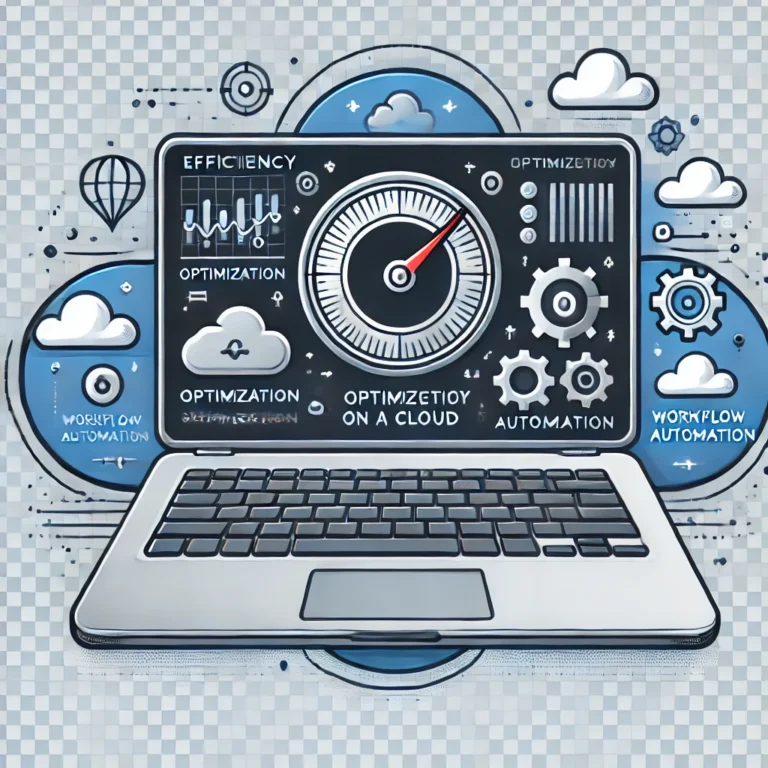Windows 10 Deadline Forces Higher Education to Find New IT Solutions
Increasingly, Higher and Further Education providers are required to function as a business alongside their obligations to students. This means providing the best value for money possible while also providing tech which holds up in 2025 and beyond.
Traditionally, laptops have been the tech of choice for students, colleges and universities. However, with Windows 10 reaching End of Support this October, this means that Microsoft will no longer provide security updates – and students and staff will be left with insecure devices. While a number of choices are available (see our recent article on Windows 10 EOL), it’s Desktop-as-a-Service (DaaS) which is becoming the frontrunner, with the most potential to provide a reliable and cost-effective way to access Windows 11 after the October deadlines.
Desktop-as-a-Service provides users with a virtual interface via the internet. This means the need for physical infrastructure like PCs and laptops is reduced as users access a secure environment from anywhere on any device. DaaS also reduces hardware costs and improves data security – essential for any Further or Higher Education provider. It’s particularly useful for remote working and hybrid learning. DaaS also focuses on scalability – providing users with the opportunity to scale operations up or down as required.
DaaS is gaining popularity as a viable alternative when Windows 10 is switched off. With the right security in place, Windows 11 can be run ‘on top’ of a Windows 10 machine – effectively turning it into a thin-client, providing cost-effectiveness when it comes to hardware. While Microsoft aren’t charging education establishments for the first year of additional Windows 10 support, this will only kick the problem down the road for another 12 months before action needs to be taken.
Market Boom: DaaS Spending Set to Jump 40% by 2029
According to a report by Gartner, the global research and advisory firm, spending on DaaS is predicted to grow from $4.3bn (£3.16bn) in 2025 to $6.0bn (£4.41bn) by 2029. This is due to the fact that PCs hosting DaaS are now cheaper to run than on-premises laptops. The research firm predicts that as soon as 2027, desktop-as-a-service could be rolled out across 95% of the workforce. In 2019 this figure was 40%. For further information on all these figures, start with this one minute insight on the Gartner website.
Why Education Providers Are Finally Embracing Virtual Desktops
There have traditionally been barriers to businesses using DaaS, notably being ‘locked in’ to costly contracts with minimum spend commitments. While larger organisations can afford the expenditure, this isn’t always the case for smaller or medium-sized businesses. With colleges and universities facing a squeeze on resources and funding as much as any other sector, DaaS hasn’t always been an option. However, there are now a wide variety of providers on the market offering a range of flexible contracts which suit different business models. Education providers fill a unique space in the business world, but that doesn’t mean they’re not faced with IT issues across the board. Many providers, cater specifically to Higher and Further Education providers and offer contracts which suit the unique nature of the education business model. Leveraging platforms that offer cloud desktops, VDI (virtual desktop infrastructure) and AVD (Azure Virtual Desktop) providers ensure that workspaces are accessible from any device in almost any location – meaning teams can keep working regardless of the situation.
DaaS provides an easy-to-use, familiar interface for staff and students alike, as well as a cost-effective option allowing for both scalability, and remote and hybrid work. When teamed with the right provider, it could be the ideal choice for education institutions after the Windows 10 switch off and for phasing in Windows 11 across your institution.
New Whitepaper: DaaS as Strategic Solution for Higher Education’s Triple Challenge
A recent whitepaper published here highlights the difficulties the higher education sector is facing; caught between escalating student needs, financial decline and a wave of cyber threats. The report makes the case for adoption DaaS across the higher education landscape as a strategic enabler.
Through eliminating the need for cyclical hardware – such as PCs – operational costs are reduced for university IT departments. The system also makes a quantifiable contribution to ESG and CSR goals through reducing energy consumption and e-waste. Most importantly, the student experience is enhanced thanks to guaranteeing every student has access to all necessary applications, regardless of the device they use.
The whitepaper also provides university IT teams with a framework to implement DaaS and champion it as a foundational investment in their institutions’ future resilience, competitiveness and sustainability.








